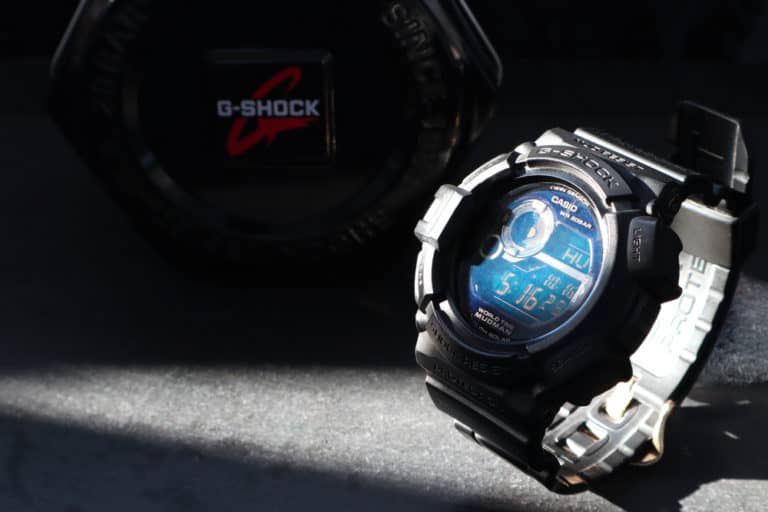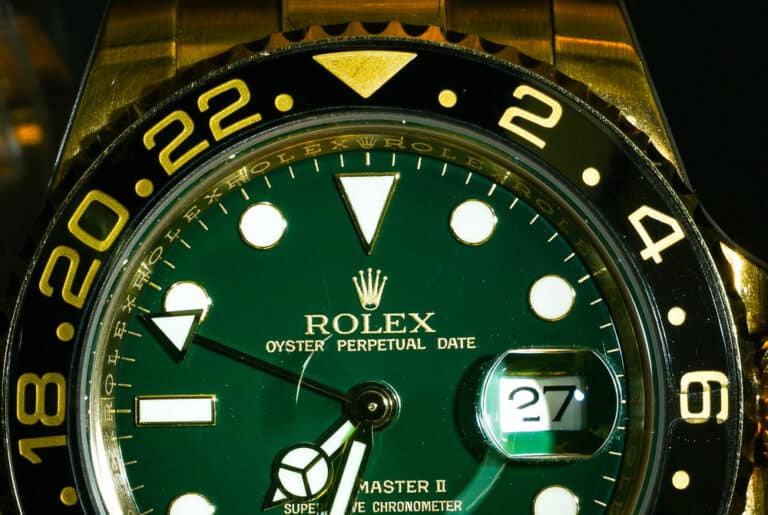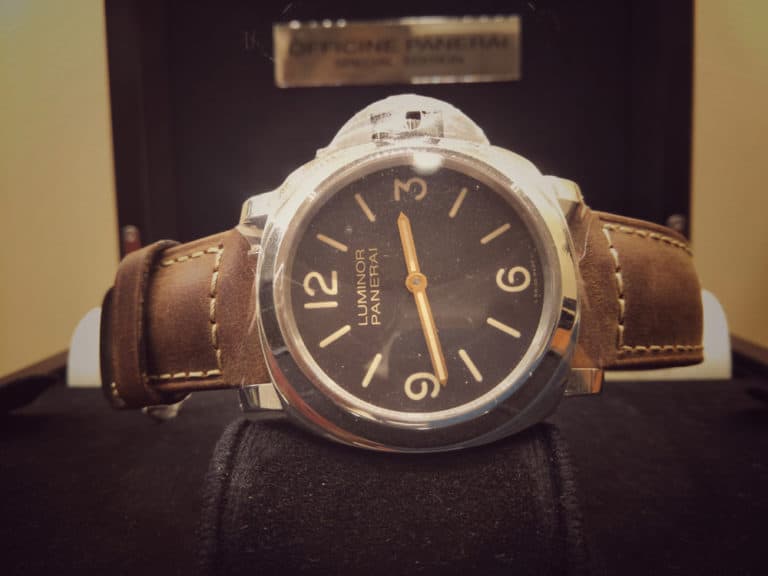Rolex watches are renowned for their excellent and reliable designs and manufacturing process, translating the engineer’s ideas into a monetized commercial product. While more expensive watches can be purchased, very few capture the imagination as much as a Rolex.
It is usual for a Rolex watch to “Tick“; however, not as loud as a quartz movement watch, but if the listener is in a quiet place and the watch is held to the ear, a fast ticking sound will be heard which corresponds to the almost invisible “ticks” of the second hand.
If the users examine any automatic Rolex and can video the movement with a high-speed camera and then replay it in slow motion, they will see that the secondhand “sweep” is a series of very small “ticks .”The smoothness of the sweep results from the number of BPH (beats per hour) the movement has.
Do Rolex Movements Make Noise?
Rolex does not use quartz movements in its products and only produces watches with mechanical movements. At this level of watch, mechanical movements are quieter than quartz movements.
The mechanical movement in a Rolex watch consists of the following components.
- The watch’s mainspring releases energy to the geartrain.
- The geartrain (wheel train) has two functions, (1) to transmit the energy from the mainspring to the balance wheel and (2) to total the number of swings of the balance wheel to calculate the units of seconds, minutes, and hours.
- The keyless work, which is a separate part of the gear train, transmits the user winding action to the mainspring to reload energy, and It enables the watch hands to be moved to set the time.
- A balance wheel oscillates back and forth and is the element that controls the timekeeping functions of the watch. The balance wheel is a harmonic oscillator, which maintains a constant speed to ensure the rate of movement is maintained irrespective of the watch spring’s winding state.
- An escapement mechanism keeps the balance wheel vibrating by giving it a push with each swing and allows the watch’s gears to advance or ‘escape’ by a set amount with each swing.
By stopping the gear train on a regular sequence, the escapement makes the ‘ticking’ sound of the mechanical Rolex watch.
This mechanism controls the rate of the watch movement, and since 2001 a Rolex beats at 8 ticks per second, which equates to a beat rate of 480 beats per minute and 28,800 per hour. This means that the secondhand beats at a rate of 28,800 per hour.
The result is a very smooth sweeping action that appears to be continuous; however, it “ticks” 480 times every minute.
Older Rolex movements had a 19,800 beat rate per hour, resulting in the secondhand movement not being as smooth, making it appear less smooth, and the “ticks” were more pronounced than on the latest models, which have a much smoother motion.
People often confuse the sweeping secondhand that most Rolex watches have with the perception that there is no ticking. This is incorrect, and Rolex watches do make a ticking sound (albeit very quiet) and affect the secondhand’s movement.
As the watch movement functions, it will make a very quiet “ticking” sound. Irrespective of how well a Rolex watch is engineered, it will make a sound because the mechanical movement involves pieces of metal hitting pieces of synthetic rock.
The volume of the ticking sound depends on several factors. How loud that tick is will depend on a wide variety of factors, but the fact is that there are metal hitting pieces of synthetic rock a sound is made. But Rolex watches do not tick as loudly as quartz watches.
Because Rolex watches are so well engineered, the ticking sound is at a lower volume than watches from many other manufacturers.

What Can Be Learnt When A Rolex Makes The Wrong Sound?
There are two possible causes for Rolex watches making incorrect sounds.
- The Rolex watch mechanism is faulty.
- The Rolex watch is a fake.
The Rolex Watch Mechanism Is Faulty
As with any mechanical device, components fail. If the watch has been overwound, dropped, or otherwise damaged, it may begin to make unusual sounds.
If the second hand of the Rolex watch does not start moving after a few winds, there may have been a catastrophic failure of the movement.
Rolex watches have no user-serviceable parts inside, and if there has been a failure, the only option is to have an authorized service center install a replacement mechanism.
The Rolex Watch Is A Fake
There are three main types of Rolex fakes, as follows.
- Cheap “Chinese Knock-Offs.”
- Reasonably built simulacrum.
- Fake Rolex watches are built up from real watches.
Cheap “Chinese Knock-Offs”
Cheap Chinese knock-off Rolex watches are clearly fake and are often sold as such, with no intent to deceive the buyer.
Even on sight, they can usually be identified by their extremely shoddy build. The mechanisms are often quartz (which Rolex does not use), making a loud, distinctive ticking sound.
Reasonably Built Simulacrum
These are reasonably built simulacrum watches and are designed to replicate the outer appearance of a real Rolex watch.
The cosmetic appearance and the dials, cases, hands, and bracelet often appear identical to a genuine Rolex, and some owners of genuine Rolex watches use these dials and hands as replacements in real Rolex watches as the aftermarket parts are cheaper than Rolex OEM parts.
The problem is apparent in the watch’s movement, where the cheaper non-genuine parts are present.
These watches will probably make more noise than a regular Rolex.
Fake Rolex Watches Built Up From Real Watches
Some fraudsters use genuine Rolex parts sourced from lower-end Rolex watches to make them appear as high-end collectible watches.
Examples of this practice include an unscrupulous party turning a stock model 5513 and turning it into a fake 5512 (or 5517) by using fake parts.
The most advanced specimens can fool experts in the field.
These watches will sound like the regular Rolex product.
Conclusion
Rolex watches make a ticking sound; however, due to their excellent design and manufacturing processes, the sound is at a very low volume and may be missed by someone who is only casually listening.
If the Rolex makes an unusual or particularly loud sound, it is a sign that the watch is damaged or a fake.







